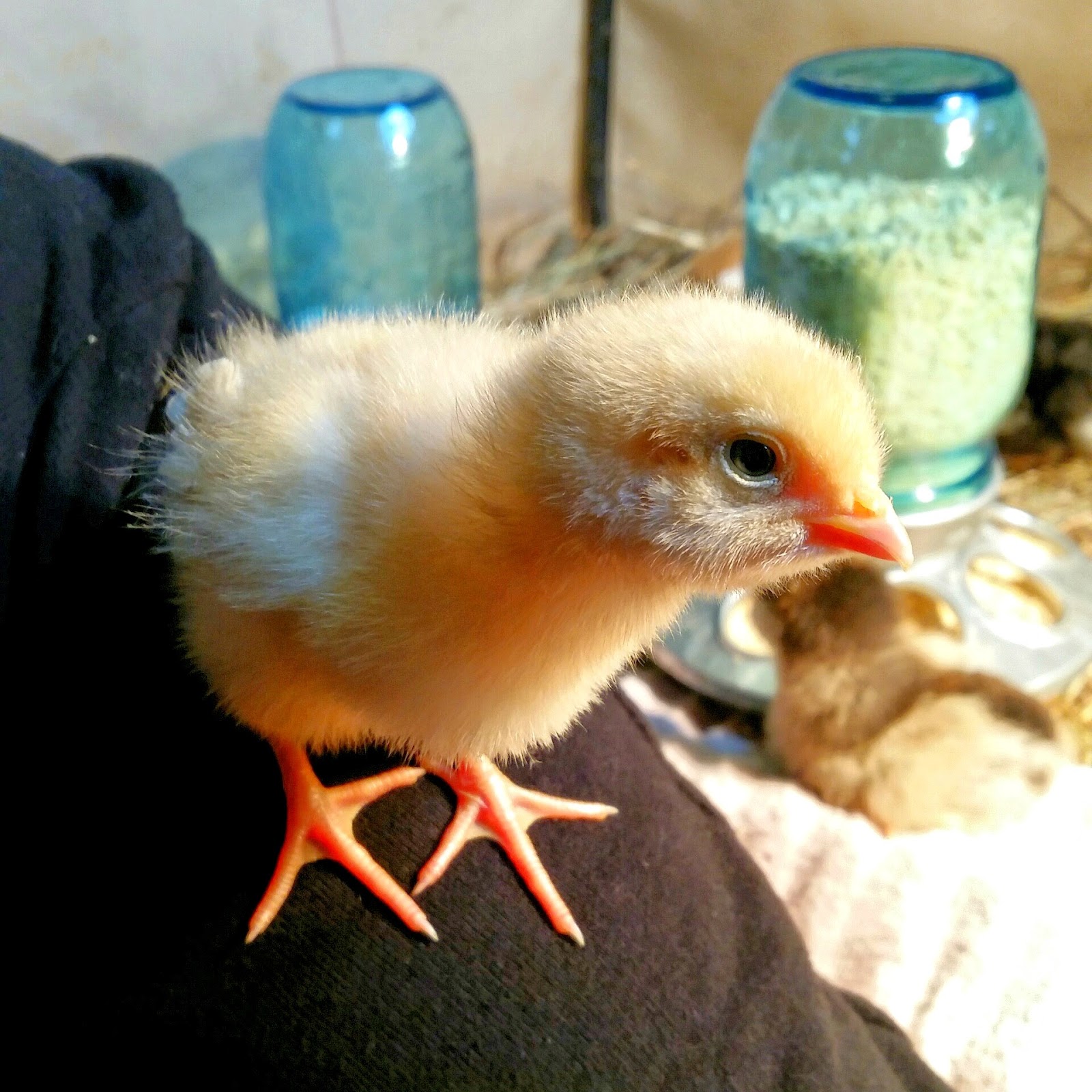We've had two goats in milk for almost two day now. I'm getting over half a gallon a day. On paper it doesn't sound like much, but only two days in, I can see that I'm going to be swimming in goat milk by the end of the week. I drink a lot of milk, but not half a gallon per day! One thing I was looking forward to when getting mama goat in milk (aside from drinking the delicious milk) was making
cheese. Good thing, too, cuz we have plenty of milk to spare for making various dairy products. And lemme tell ya, not only is goat milk delicious, but so is the cheese. This cheese tastes like mozzarella to me, so I can definitely see us using it on pizza, pasta, sandwiches, and anywhere else mozzarella would be tasty. Which to me is pretty much on anything. And best of all, it's ridiculously simple to make - only two ingredients required and can be made in twenty minutes!
First things first, you need to get yourself a really cute goat in milk. Or go with the less fun options - maybe a friend has some goats in milk, or you can even purchase goat milk from the store. I personally vote that you get a goat, but I'm biased.
Now, gather your ingredients, and supplies:
- 1/2 Gal. of goat milk (you can double the recipe if you have more milk, just be sure to double the vinegar)
- 1/4 C. White Wine Vinegar, White Vinegar, or Apple Cider Vinegar
....yes, just two ingredients!
- Optional, herbs to flavor
*Update: I've now used both white wine vinegar, and white distilled vinegar. White wine vinegar creates a firmer, more crumbly cheese (good for salads), while white distilled seems to create a softer, more spreadable cheese (excellent for toasted bread). Not sure why this is, if anyone has the answer, I'd be glad to hear it! :)
- Large Pot
- Wooden Spoon
- Colander
- Cheese Cloth
- Cooking Thermometer
Pour milk into the pot, and heat on medium heat until the milk reaches 185 degrees, stirring constantly to prevent burning. It took about ten minutes for mine to reach 185 degrees.
Stir in vinegar, and remove from heat. The milk will curdle within a few seconds. Allow curdled milk to rest for five minutes. Meanwhile, line your colander with the cheese cloth.
Pour the curds into the cheesecloth lined colander. You can place a bowl underneath the colander to catch the whey if you wish to save it to use in cooking.
Squeeze the excess moisture from the cheese - careful, it's hot! You can leave as little or as much liquid in your cheese as you like. I squeezed as much liquid out as I could, which resulted in a drier cheese.
Crumble cheese up in a bowl.
Add herbs. I used basil, and garlic salt.
I used a small bowl as a mold, but almost anything solid with four sides would work - be creative! I pressed the cheese down using my hands, then really packed it in using the bottom of a spice jar. The tighter you pack it, the more solid of a cheese you'll get.
Voila! This cheese is so wonderful, and easy to make. I have cheese making supplies, such as citric acid, and rennet tablets but something about just being able to use milk, and vinegar sounded awesome to me. It's so simple, and turned out beautifully. I will be making this cheese again, and again, and again. And the combinations of flavorings, and herbs are truly endless. Tomorrow I'll be making goat cheese with lavender and honey. Yum!
































































